Tag: farming
-
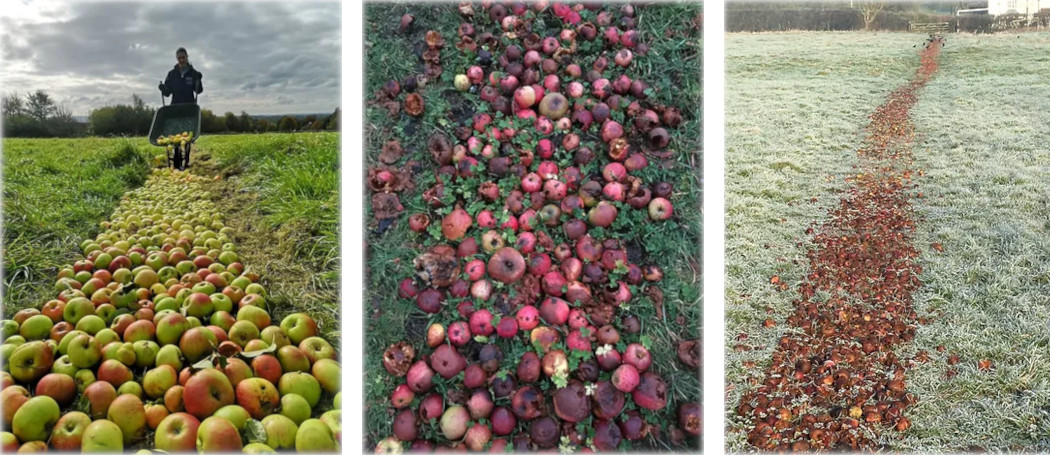
Apple Path
Apples, animals, and old farm folklore: documentation from a decomposing land art intervention by artist Juliet Duckworth.
-
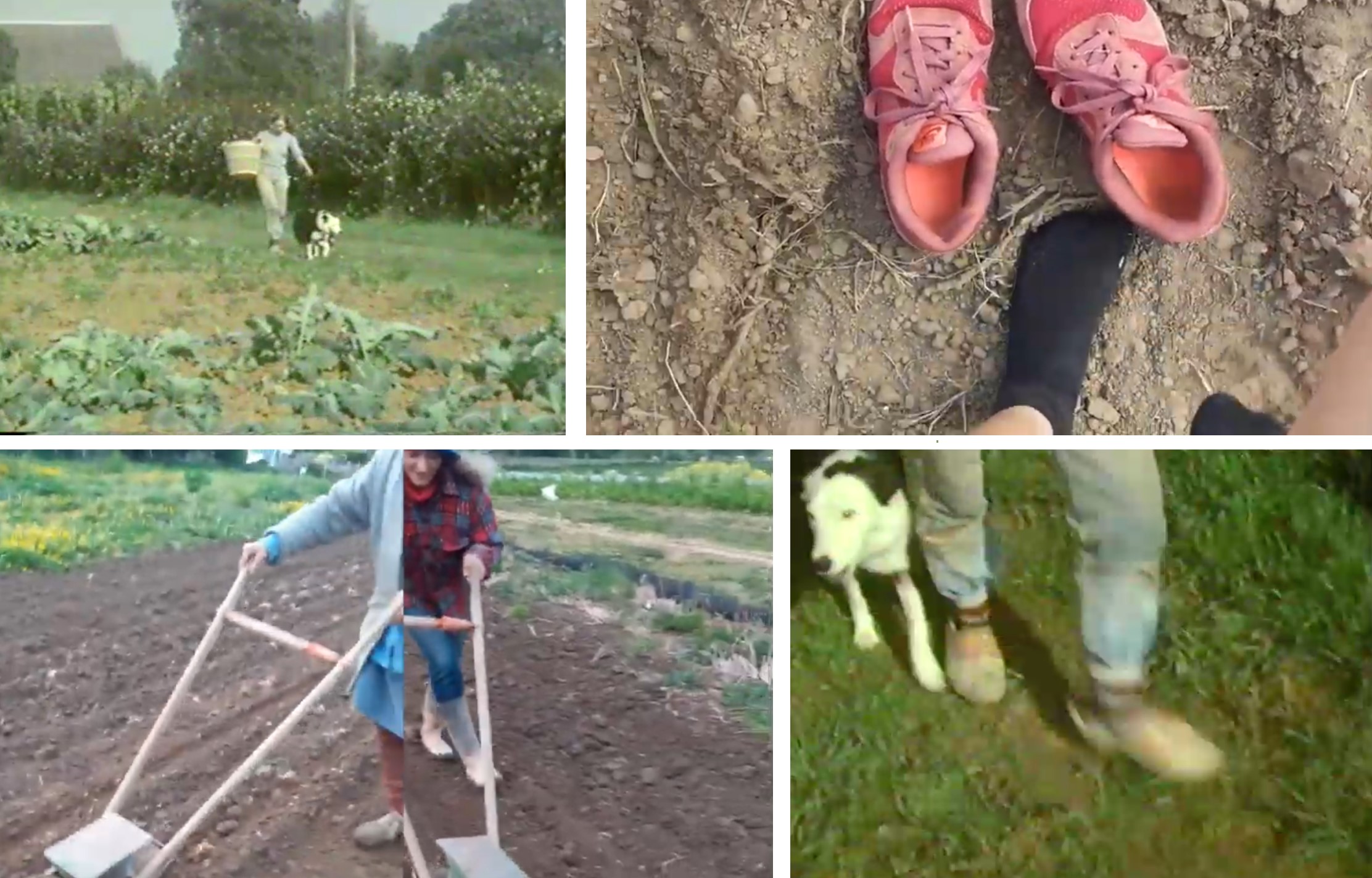
Artist-in-Residence: Rosa Farber
Welcome to The Learned Pig’s inaugural artist residency! This residency is in part the result of ongoing discussions among our editorial team. We’ve been trying to think through ways to develop more closely collaborative relationships with contributors that involve open-ended discussions over time. We’ve also been thinking about ways to present works in progress. Mostly,…
-
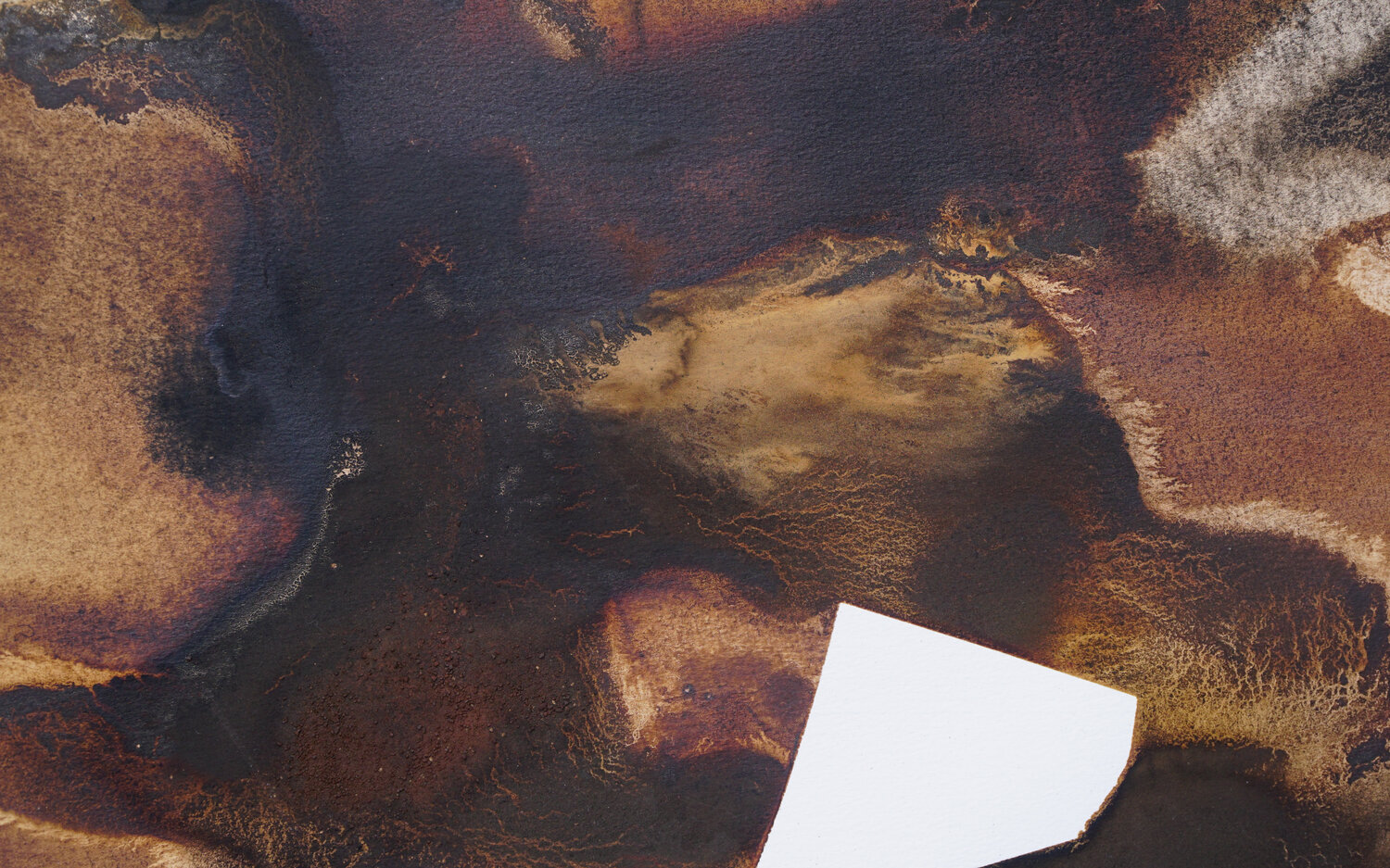
Placemaps
Daegan Miller, author of This Radical Land, on moving house, making maps, and finding home – from Massachusetts to Wisconsin to New York and back again.
-
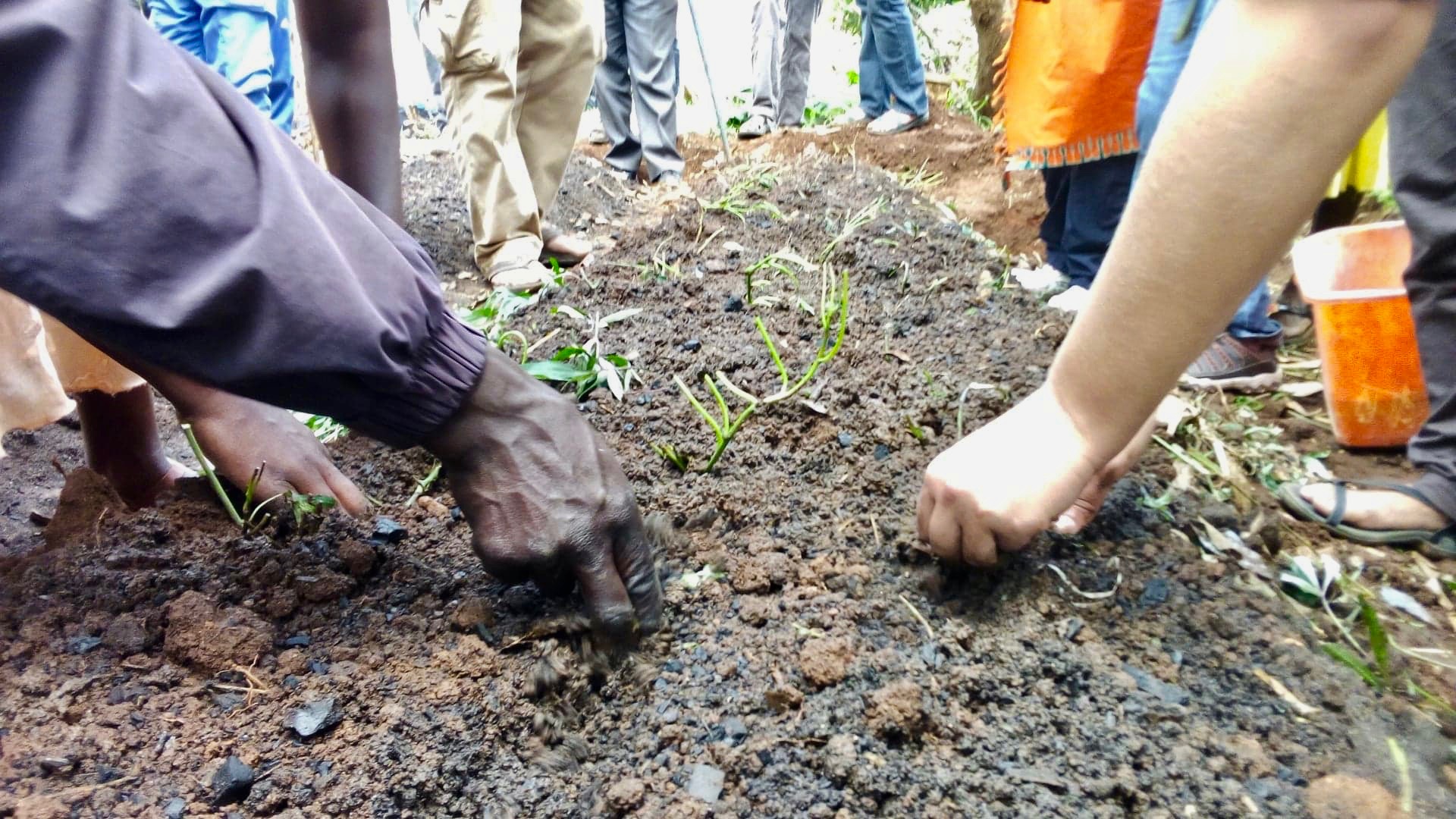
Compassionate Climate Activism
Vermont-based environmental and social justice advocate Chris Gaynor on the compulsion to protect, educate and care for our species.
-

(on)zichtbaar
“If we open our eyes and look further, we realize a mistake has been made, and the wrong story has been told.” Words: Marloe Mens. Photography: Kiki Muyres.
-

Observation Journal
In WWII, Nazis and Soviets fought for control over a seed collection. Now, artist Sergey Kishchenko plants fields to reconstruct these forgotten histories.
-
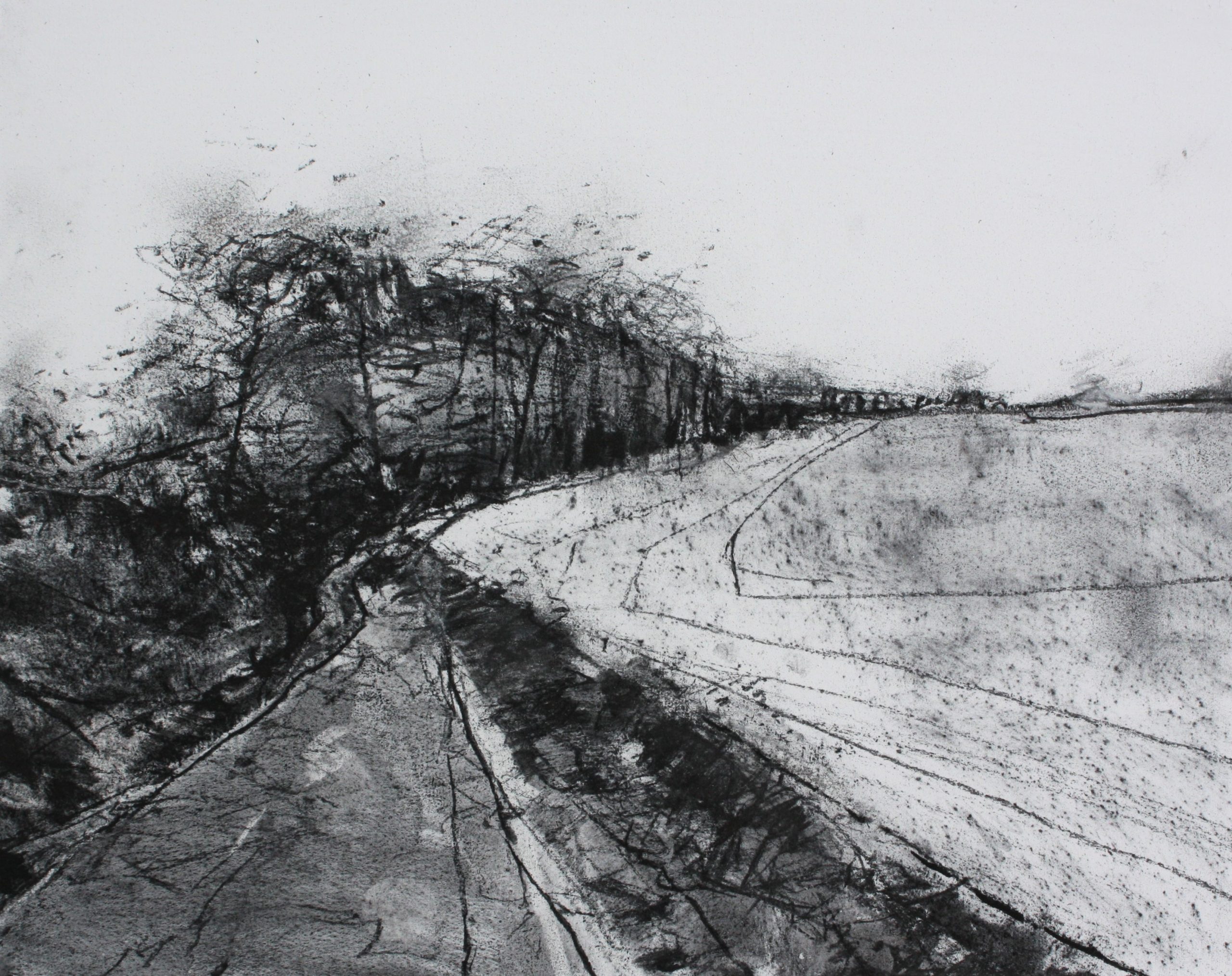
August & Grain
The fields were sudden bare – John Clare Across the field, a half-mile or more away – across a dry liquid rustle of oats – a combine moves … slow as a clock. Its smoke-& -dust plume flags its position as it cuts the first swath close to the headland’s hedge…
-
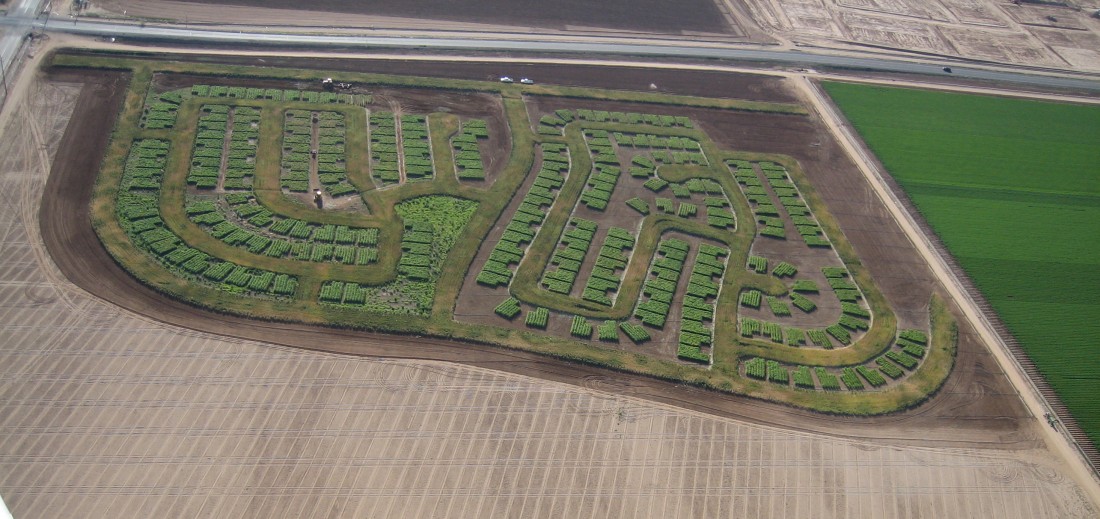
Farming Awareness
Visionary Farms In 1969, House & Garden magazine commissioned Patricia Johanson (b. 1940) to design estate gardens. In the letter inviting her to design gardens, landscape architect James Fanning clearly anticipated her using gravel, water, concrete blocks, wood or metal, rather than the natural materials her gardens deploy. When one examines the nearly 150 drawings…
-
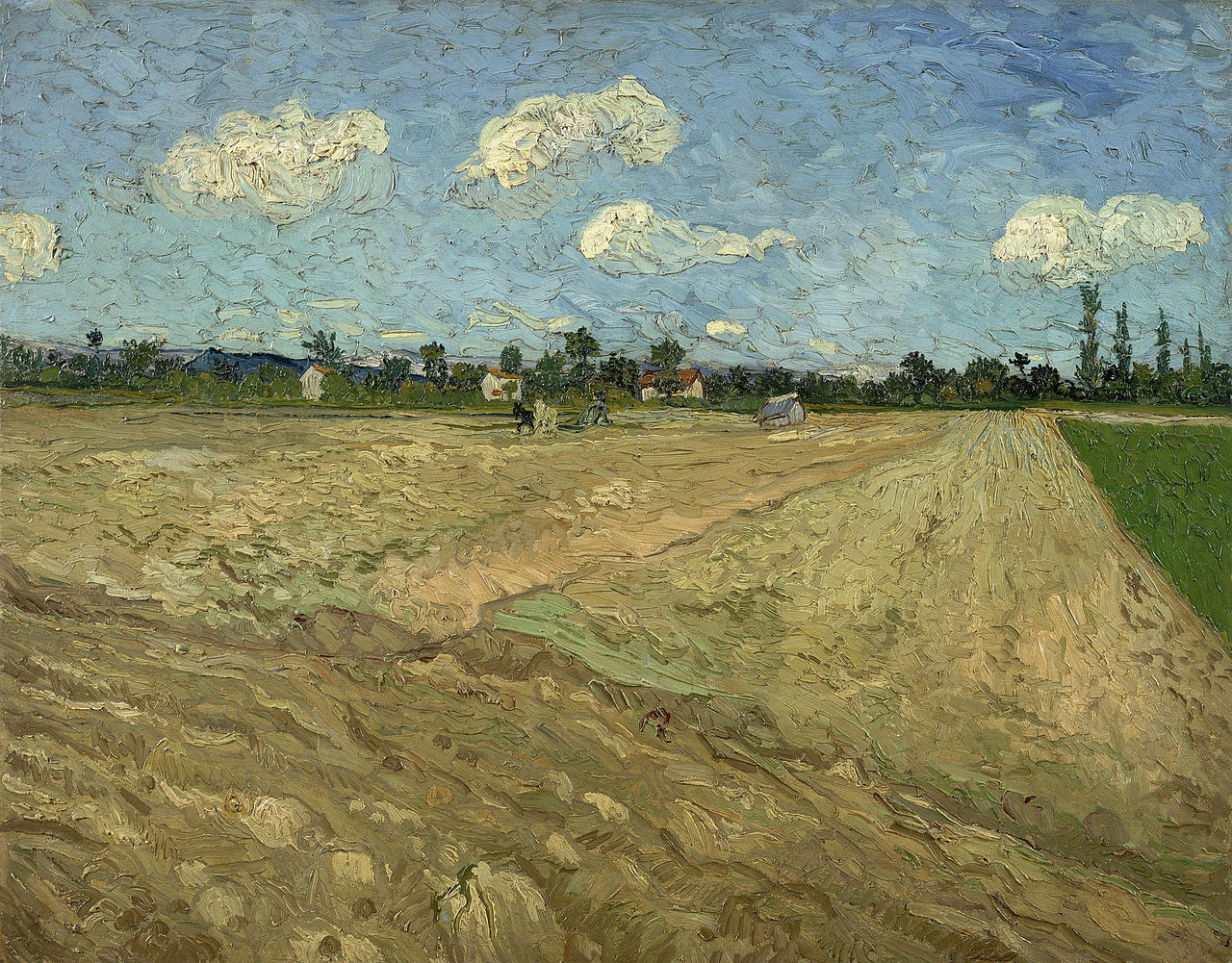
Cereal
Once, more than 10,000 years ago, Triticum – cereal – was a wild-growing genus with many varieties. Due to their nutritious grains, some of these varieties were cultivated by humans. The resulting access to a more structured food source lead to a whole new form of living, eating and digesting. A process that simultaneously affected…
-

Enemy of the State
Botanical illustrations of the early modern period (1550-1800), the “big science” of their day, served as documentation of useful plants found in colonial territories. Plants such as tobacco, sugar cane, cinnamon, cotton and tea were but a few items deemed reliable “cash crops” during this era of global economic expansion. Botanical illustrations led the way…
-
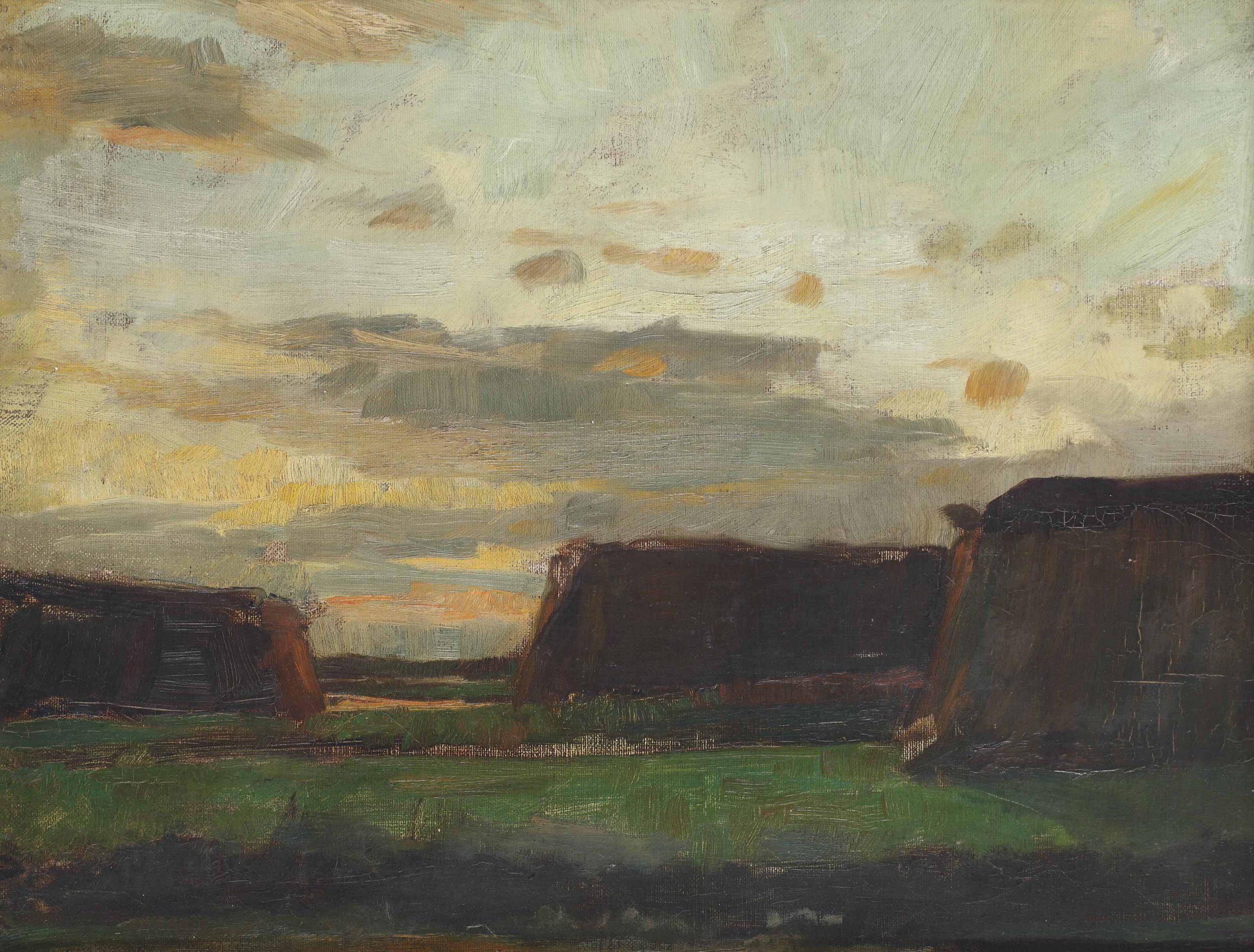
Revisiting a Geography of Hope
To be a farmer, at any point in history, means you grow food. You steward the land – soil, water, air, energy, plants, and animals – and make a living from its increase. It seems simple, at least in purpose, if not in practice: Grow good food. Now, in the twenty-first century, awareness is growing…